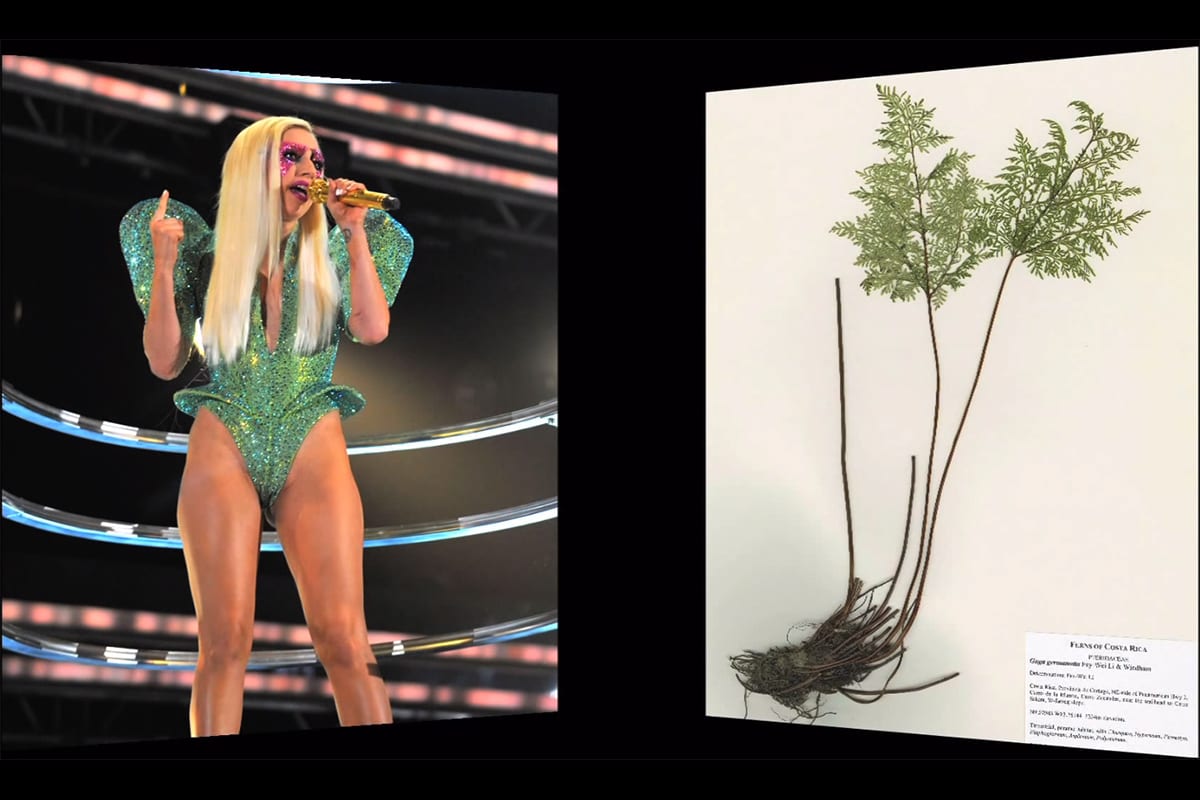Pop Star Science
By Carol Schadelbauer, January 29, 2015

Reeling still from huge sequestration cuts in 2013, and essentially flat budgets since then, leaders of the nation’s premier scientific agencies have a lot of concern about the future of science. Francis Collins, M.D., Ph.D., Director of the National Institutes of Health, says the NIH now rejects half of worthwhile research proposals and that in some cases, important science already in the pipeline is being put on hold.
“While the scientific opportunities have never been more exciting than right now, the stress on the biomedical community in the United States has never been more severe,” says Collins, referencing the effect of flat lined budgets. “Many young investigators are on the brink of giving up because of the difficulty of getting support.” (USA Today)
With a gloomy forecast for scientific funding, scientists are taking things into their own hands to find research funding, according to a recent Washington Post article, Crowdfunding propels scientific research. But they need to have good communications skills to do it.
One scientist mentioned in the article, Kathleen Pryer, Ph.D., has been thinking creatively for a while now. I met and trained Dr. Pryer, a professor of biology at Duke University, during a Duke-Burness faculty course about advocating for science through clever writing, commentary pieces, media interviews, social media campaigns and more. I learned that Dr. Pryer had discovered a new genus of ferns—a beautiful lacy variety—that she dubbed Gaga because of a costume the pop star once wore that had an amazing resemblance to the fern’s sexual life stage. To Dr. Pryer’s delight, further validation for the scientific name came from a unique molecular signature at a particular site in the DNA sequence of all Gaga ferns: guanine, adenine, guanine, adenine, spelling GAGA. (Video)
It was a no-brainer for Dr. Pryer and colleagues to tweet out the news of the “Gaga fern” and Lady Gaga herself tweeted back as did thousands of others. Dr. Pryer and her fern went viral.
Dr. Pryer’s clever branding of her fern led to so much social media presence and recognition, that when she tried her hand at crowdfunding a fern genome last summer, her backers included the world’s premier genome sequencing center, BGI in Shenzhen, China. They generously offered to partner with her to fully sequence the Azolla genome, a plant thought to be important in climate change, according to the Washington Post story.
Some scientists would frown upon the idea of lowering science to a pop culture, social media world. But crowdfunding through self-created videos and social media campaigns trumps concern over peer-pressure from scientist colleagues if “campaigning” results in funding.
Dr. Pryer, an extraordinary scientist, also exudes passion about her work with a bright smile and great delivery. She admits that she has so much more to learn about communications and advocacy, but the good news is she gets what it takes to get attention, and she is willing to spend the time to do it. And it pays off.
Dr. Pryer and all scientists will need to turn to creative and provocative ways to push the boundaries and fund their science in a grassroots way. To do so, they need some of the chutzpah and communications skills exhibited by Dr. Pryer.